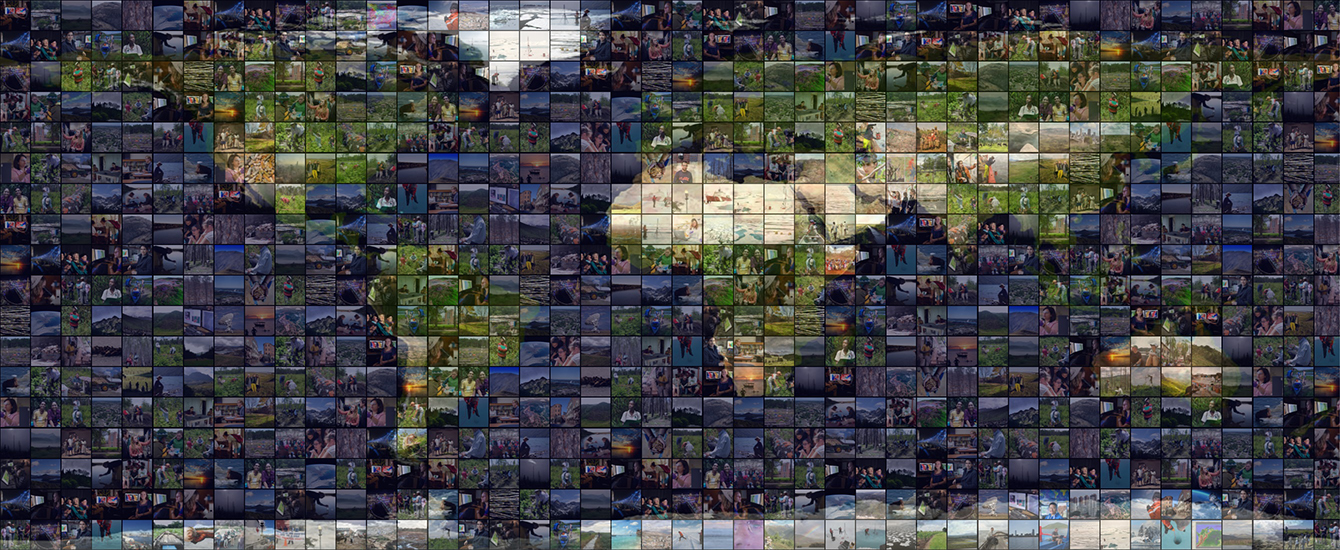Geography
Document Type
Article
Abstract
We monitored land-cover change in San Diego County (1990-1996) using multitemporal Landsat TM data. Change vectors of Kauth Thomas features were combined with stable multitemporal Kauth Thomas features and a suite of ancillary variables within a classification tree classifier. A combination of aerial photointerpretation and field measurements yielded training and validation data. Maps of land-cover change were generated for three hierarchical levels of change classification of increasing detail: change vs. no-change; four classes representing broad increase and decrease classes; and nine classes distinguishing increases or decreases in tree canopy cover, shrub cover, and urban change. The multitemporal Kauth Thomas (both stable and change features representing brightness, greenness, and wetness) provided information for magnitude and direction of land-cover change. Overall accuracies of the land-cover change maps were high (72 to 92 percent). Anciliary variables representing elevation, fire history, and slope were most significant in mapping the most complicated level of land-cover change, contributing 15 percent to overall accuracy. Classification trees have not previously been used operationally with remotely sensed and ancillary data to map land-cover change at this level of thematic detail.
Publication Title
Photogrammetric Engineering and Remote Sensing
Publication Date
2003
Volume
69
Issue
7
First Page
793
Last Page
804
ISSN
0099-1112
DOI
10.14358/PERS.69.7.793
Keywords
environmental monitoring, land cover, Landsat thematic mapper, mapping, remote sensing, vegetation cover
Repository Citation
Rogan, John; Miller, Jennifer; Stow, Doug; Franklin, Janet; Levien, Lisa; and Fischer, Chris, "Land-cover change monitoring with classification trees using Landsat TM and ancillary data" (2003). Geography. 687.
https://commons.clarku.edu/faculty_geography/687
Creative Commons License

This work is licensed under a Creative Commons Attribution-NonCommercial-No Derivative Works 4.0 International License.



